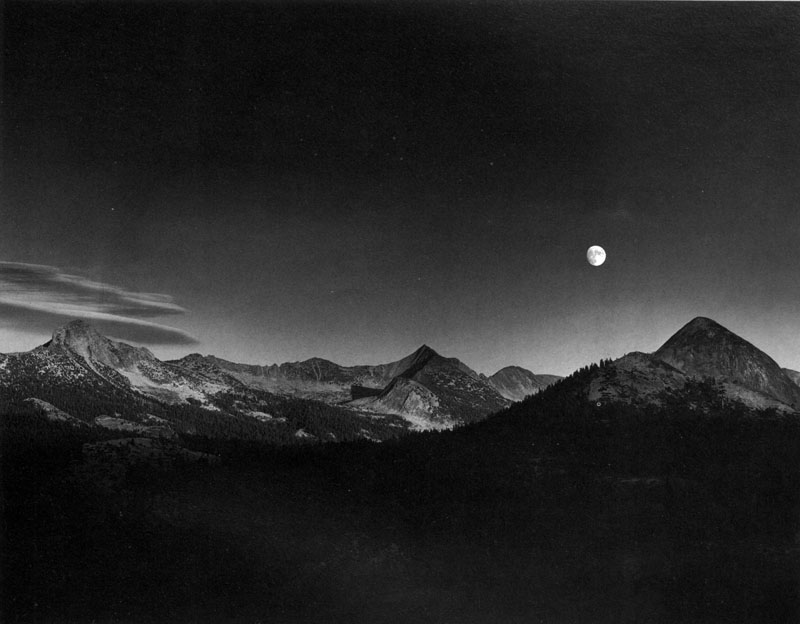Take notes while you watch/read, and collect information for your project planning. Site the title and author of your research, describe what the document is about and what perspective the author takes on the issue, then note how it has influenced your project.
Due May 18th.
Film/Documentaries-
Dirt
No Impact Man
The Earthling (WARNING-real life horror film super scary!)
The Cove
Scared Sacred
Fierce Light
One Ocean (2 episodes)
FOOD Inc.
Our Daily Bread (warning- real life horror film)
Forks Over Knives
Force of Nature- Dr. David Suzuki
HOME by Yann Arthus Bertrand
Baraka
Koyaanisqatsi
Manufactured Landscapes
Inconvenient Truth- Al Gore
The Unforeseen
Sharkwater
Who Killed the Electric Car
Processed People
TED talks/short videos
Edward Burtynski- Photographer of industrial spaces
Phil Borges- Photographer
Wade Davis- National Geographic Explorer on Endangered Cultures
Mark Bittman- Cookbook Author-What is wrong with what we eat?
Jeremy Jackson- How we wrecked the ocean
Captain Charles Moore- Plastic in the ocean
Mike deGruy- Filming Octopus
Sylvia Earle- Protect Our Oceans
Dianna Cohen- Plastic Pollution Coalition
Chris Jordan- Photographer of Excess
Shai Agassi- Electric cars
John Robbins Part 1&2 Why I went vegetarian & What's wrong with eating animals
The Story of Stuff- Problems in Consuming
Story of Bottled Water
Story of Cosmetics
Story of Electronics
Articles/Publications
No Impact Man -Blog
Mother Earth News
The Guardian Environment
Vancouver Sun- Sharks
Globe and Mail- Biodiversity Conference
Globe and Mail- Price of Nature
NY Times- Environment Section
National Geographic
OnEarth
Emagazine
The Walrus- The Last Great Water Fight
Silent Spring- Rachel Carson
Our Common Future
Manufactured Consent- Noam Chompsky
Diet for a New America- John Robbins
Walden, or Life in the Woods- Henry David Thoreau
Ishmael- Daniel Quinn
Animal, Vegetable, Mineral- Barbara Kingsolver
The World Without Us- Alan Weisman
The Omnivore's Dilemma: A Natural History of Four Meals- Michael Pollan
No Impact Man, The adventures of a guilty liberal who attempts to save the planet- Colin Bevan
Last Child in the Woods: Saving our children from Nature-Deficit Disorder- Richard Louv
